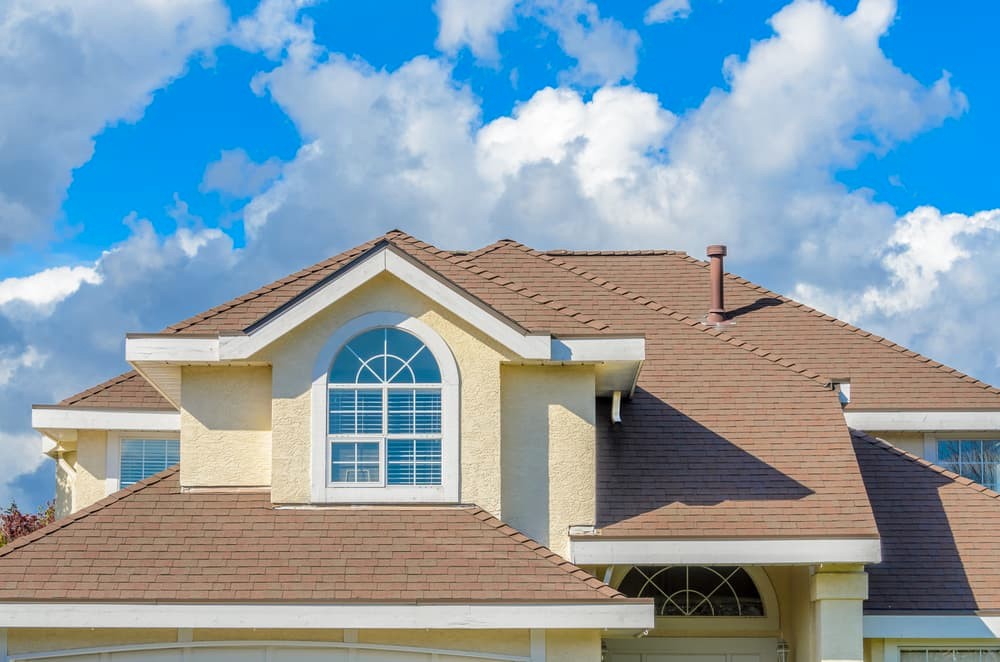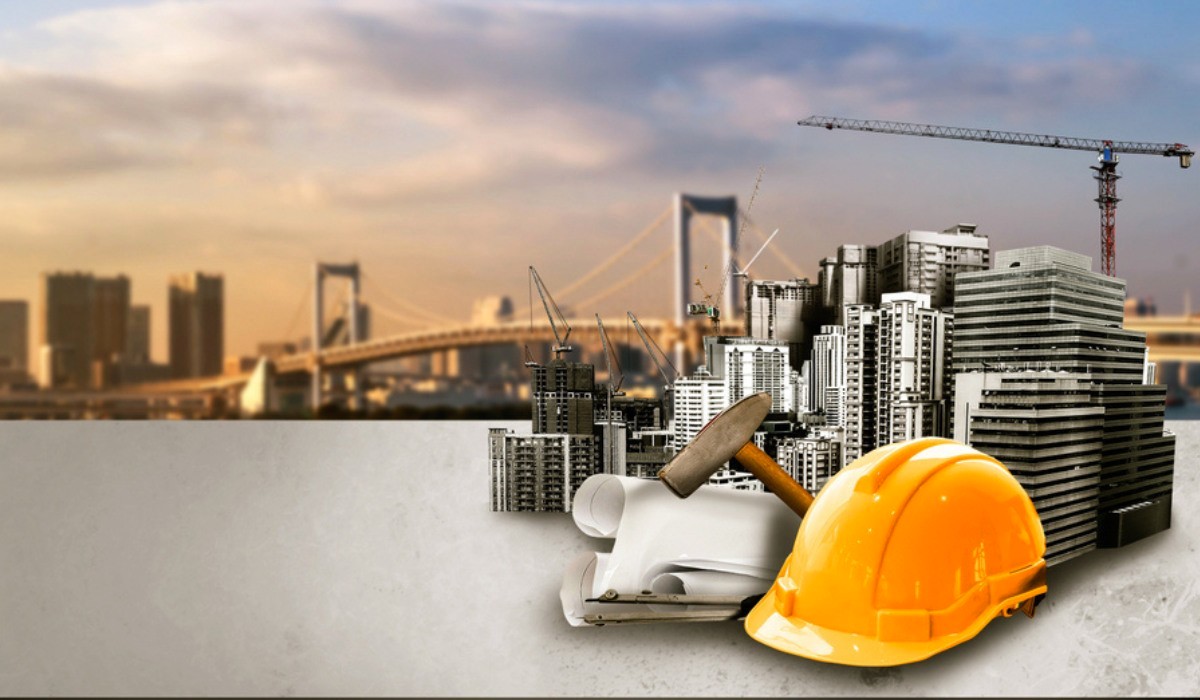The significance of roofing materials cannot be overstated. They stand as the first line of defense against the unpredictable forces of nature. A well-chosen material not only shelters a home but also safeguards its structural integrity, longevity, and value. From the harsh heat of summers to the relentless battering of rain and snow in winters, the choice of roofing material directly influences its ability to withstand these environmental challenges.
Weather is an influential determinant of roofing longevity. Different materials respond distinctively to climatic variations. Intense sun exposure can lead to rapid degradation of certain roofing substances, while heavy rainfall might accelerate corrosion. Additionally, fluctuating temperature levels can cause materials to expand and contract, potentially causing cracks and weakening the roofing’s integrity over time. In regions prone to extreme weather events, the right selection of roofing material becomes a pivotal decision.
Factors Influencing Roofing Material Performance
Climate Variability
Diverse climatic conditions play a significant role in determining the durability and effectiveness of roofing materials. Climate Variability subjects roofs to a range of challenges, including extreme temperature fluctuations, heavy rainfall, and snow accumulation. In regions with harsh winters, materials must endure freeze-thaw cycles that can stress and weaken them over time. Similarly, areas with high humidity can promote mold and moss growth, which accelerates material degradation. Addressing these regional climatic challenges is crucial when selecting appropriate roofing solutions.
UV Radiation Exposure
Exposure to UV Radiation from the sun profoundly impacts the integrity of roofing materials. Ultraviolet rays gradually break down the molecular structure of materials, leading to fading, cracking, and brittleness. This effect is particularly pronounced in sunny locales, where constant exposure accelerates the aging process. Modern roofing technology combats these effects by incorporating UV-resistant coatings and pigments into materials. By minimizing the impact of UV radiation, these advancements significantly extend the lifespan of roofs while preserving their aesthetic appeal.
Advancements in Weather-Resistant Roofing Materials
Impact-Resistant Shingles
Elevating roofing standards, Impact-Resistant Shingles represent a pinnacle in modern roofing technology. These shingles incorporate state-of-the-art materials, meticulously designed to endure the most unforgiving weather scenarios. From unrelenting hailstorms to fierce gusts of wind, these shingles form an impenetrable shield that safeguards your home against the elements. The marriage of engineering excellence and aesthetic versatility ensures not only top-tier protection but also a harmonious integration with your home’s architectural style, adding a touch of elegance to its exterior.
Solar-Reflective Roofing
Embracing the call for sustainability, Solar-Reflective Roofing emerges as a groundbreaking solution for energy-conscious homeowners. Crafted with precision, these roofs possess the ability to deflect solar radiation, diminishing heat absorption and lowering energy consumption. This translates into a dual benefit of reducing your carbon footprint and potentially trimming down your energy bills. The marriage of form and function is evident in the visually appealing designs that seamlessly merge with various architectural sensibilities. By championing eco-friendliness without compromising performance, solar-reflective roofing establishes itself as a beacon of progress in the roofing industry.
Adapting Roofing Choices to Regional Climates
Coastal Areas
When it comes to roofing choices in coastal areas, a strategic approach is vital due to the corrosive effects of salt-laden air and the elevated humidity levels prevalent in these regions. Optimal materials should be selected to endure these challenging conditions. Metal roofing options such as aluminum or stainless steel have proven their resilience against corrosion induced by salt exposure. These materials also provide an advantage in terms of durability, making them an attractive option. Another viable choice is the use of clay or concrete tiles, which not only offer robustness but also lend a visually appealing touch to coastal homes. To ensure the longevity of coastal roofs, regular maintenance practices are imperative. Routine tasks like debris removal and thorough inspections for rust or damage can significantly contribute to the preservation of the roof’s integrity against the harsh coastal elements.
Arid Climates
Roofing decisions in arid climates need to be particularly adaptive, considering the unique challenges posed by high temperatures and minimal moisture levels. To combat excessive heat absorption, homeowners can opt for reflective roofing solutions. Cool asphalt shingles coated with reflective granules are an effective choice, as they can help in reducing indoor cooling costs while enhancing overall energy efficiency. Metal roofing, especially when choosing lighter shades, also presents a durable option that deflects sunlight and reduces heat buildup. To further safeguard asphalt shingles from premature deterioration caused by intense sunlight, it’s recommended to apply a protective coating. Moreover, the rapid temperature fluctuations common in desert regions underline the significance of selecting materials with superior resistance to thermal expansion.
Regarding roofing, the impact of weather on materials cannot be underestimated. From extreme sun exposure to torrential rains, the right choice ensures a durable shield against nature’s tests. Technological strides offer tailored solutions like Impact-Resistant Shingles, fortifying homes against fierce elements while reflecting sustainability through Solar-Reflective Roofing. Regional climates demand adaptation – coastal areas thrive with corrosion-resistant metals or tiles, while arid zones rely on reflective and thermally resistant options. As homeowners seek enduring protection and energy efficiency, roofing materials continue to evolve, harmonizing resilience and aesthetics under the ever-watchful gaze of the elements.
Publisher’s Details:
Dr. Roof
23801 Calabasas Rd #1027, Calabasas, CA 91302
(310) 361-7872
mydrroof.com
As your roofing project’s success greatly hinges on choosing the right materials, it’s crucial to recognize signs of replacement. If you’re noticing any concerning issues like leaks, missing shingles, or severe weather damage, Dr. Roof, the leading provider of roof installation and providing quality roof repairs, offers the best services for ensuring a durable and weather-resistant solution.
Check out: 5 Signs You Need a Roof Replacement





